Crack climbing: what is it and how do you do it?
We describe the specialized techniques that help make crack climbing a really fun and different challenge on the crag
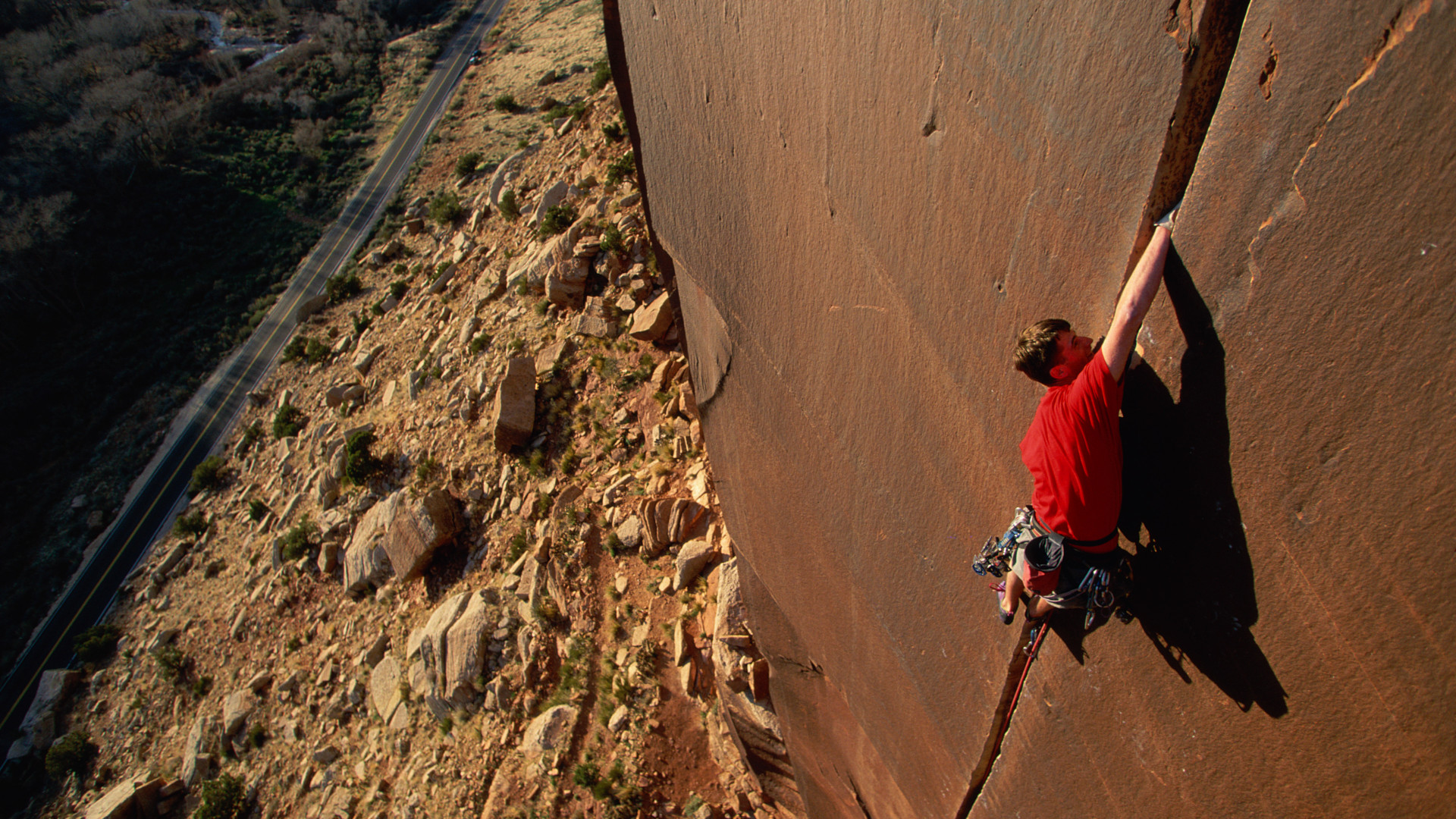
If you’ve ever stood at the bottom of a crag in your climbing shoes with a nice deep crack running straight up it, you’ve probably wanted to climb it. After all, a crack provides an obvious route up what can sometimes otherwise be a pretty formidable rock face, it can provide great opportunities to place your climbing gear and crack climbing makes for a really fun and different challenge. So how do you climb a crack, exactly, and how difficult is it? We take a closer look.
What is crack climbing?

Crack climbing is a style of free climbing where you follow a crack up a rock face using specialized climbing techniques. Rock climbing recognizes five different types of cracks that are classified according to which body part you use:
- Finger cracks: these are the narrowest cracks and are just wide enough to insert your fingers into. Some climbers with larger hands and fingers may not be able to climb these.
- Off-finger cracks: these are also called “off-hand” cracks and are wider than finger cracks but not wide enough to fit your entire hand.
- Hand cracks: these are wide enough to fit your entire hand inside and easier than finger and off-finger cracks.
- Off-width cracks: these are wider than hand cracks but not quite wide enough to fit your arm (or leg) and are quite difficult to climb.
- Chimney cracks: these describe cracks big enough to fit your entire body or wider, and therefore account for quite a variety of cracks.
How do you climb a crack?
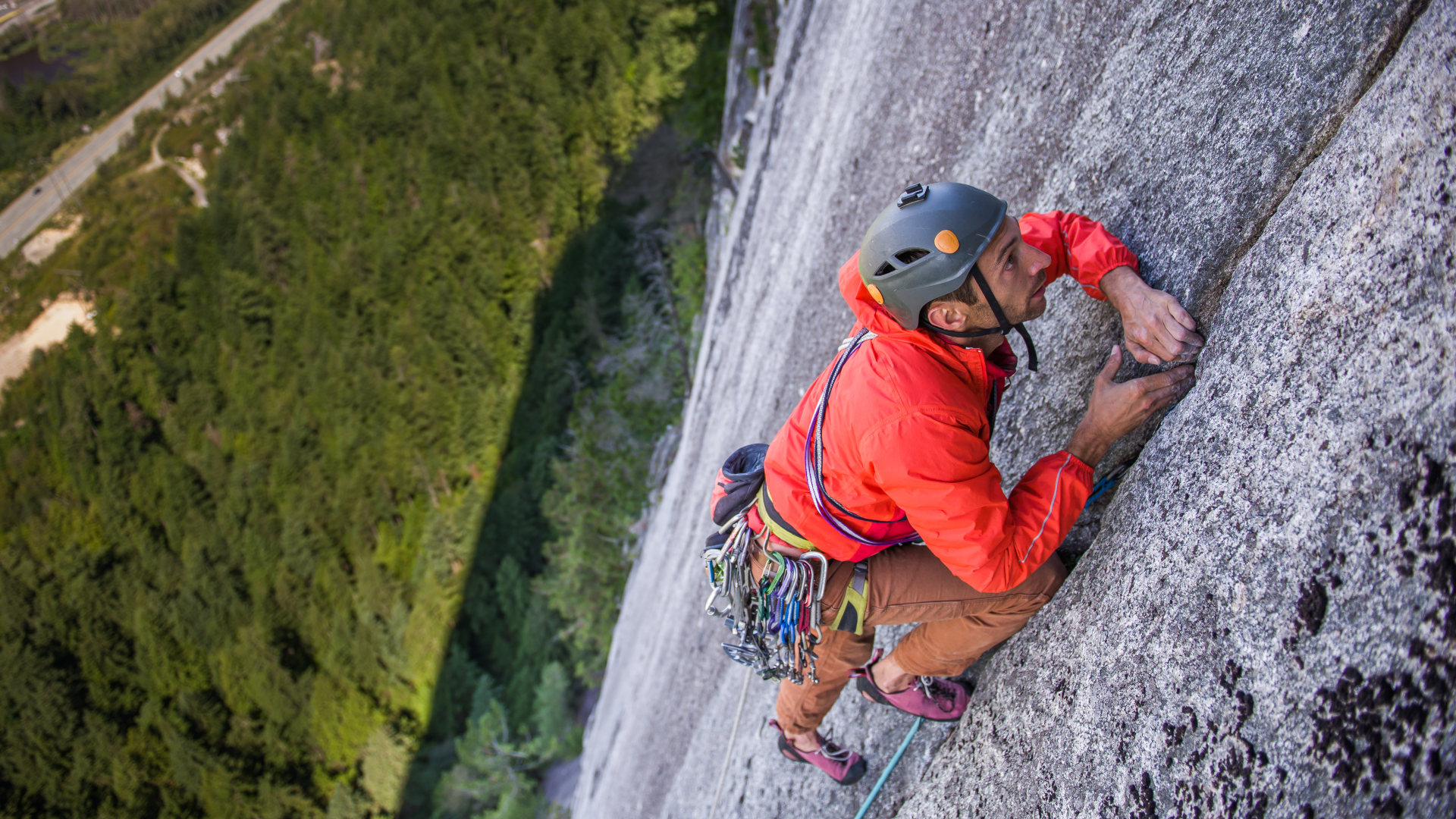
How you climb a crack depends on the type of crack it is, but fundamentally, crack climbing involves a technique known as “jamming”. Jamming involves inserting your fingers, hands, a whole limb or your entire body into a crack then repositioning to expand that body part in order to secure your hold.
There are lots of nuances on jamming and variations according to the crack, but these are a few common crack climbing techniques:
- Finger jams: these are the most difficult. Because the crack is so narrow, you can only insert your fingers meaning you have minimal leverage. Once you insert your fingers in – typically to the second or third knuckle – you move your elbows out to the side and effectively pull your hands apart.
- Hand jams: if the crack is big enough to slide your whole hand in, but not big enough to make a fist, use a hand jam. Slide your hand in (usually if it’s your right hand, the palm will be facing to the left and your fingers may be pointing up or in toward the rock). Then, cup your hand and squeeze your thumb into the index finger knuckle so you can use your fingertips, first knuckles and heel of your hand for leverage.
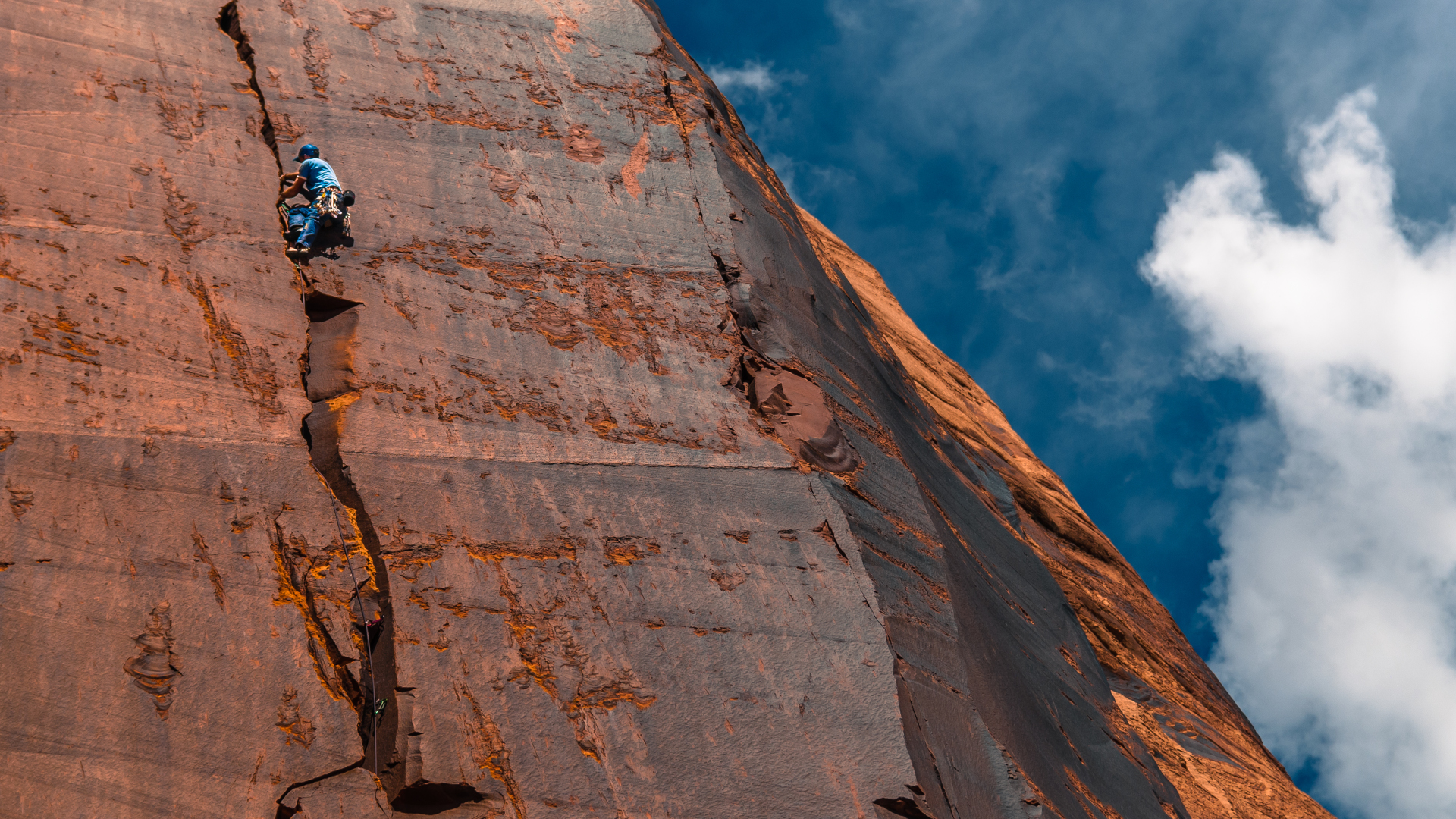
- Fist jams: fist jams are usually easier than hand jams. For these, you can extend your fingers and slide your hand thumb facing up into the crack as far as it will go, then make a fist and turn your hand knuckles up or as close as you can. Squeeze your fist to make it bigger and take up as much space as it can inside the crack. With this much leverage, you may be able to place your feet flat on either side of the crack and lean back a bit as you climb up.
- Foot jams: Foot jams are quite secure. Turn your knee out to the side so your foot is sideways so the big toe is turned up, then slide your toes – not your entire foot – into the crack. Draw your knee back in so the sole of your foot turns downward again, as much as possible. You should take care here to avoid over twisting your ankle or knee.
Once you’ve found your holds, you scale differently depending on the crack, but a good general rule of thumb of climbing a straight crack is to place your hands and feet in the following order: right hand, right foot, left hand, left foot.
How difficult is crack climbing?
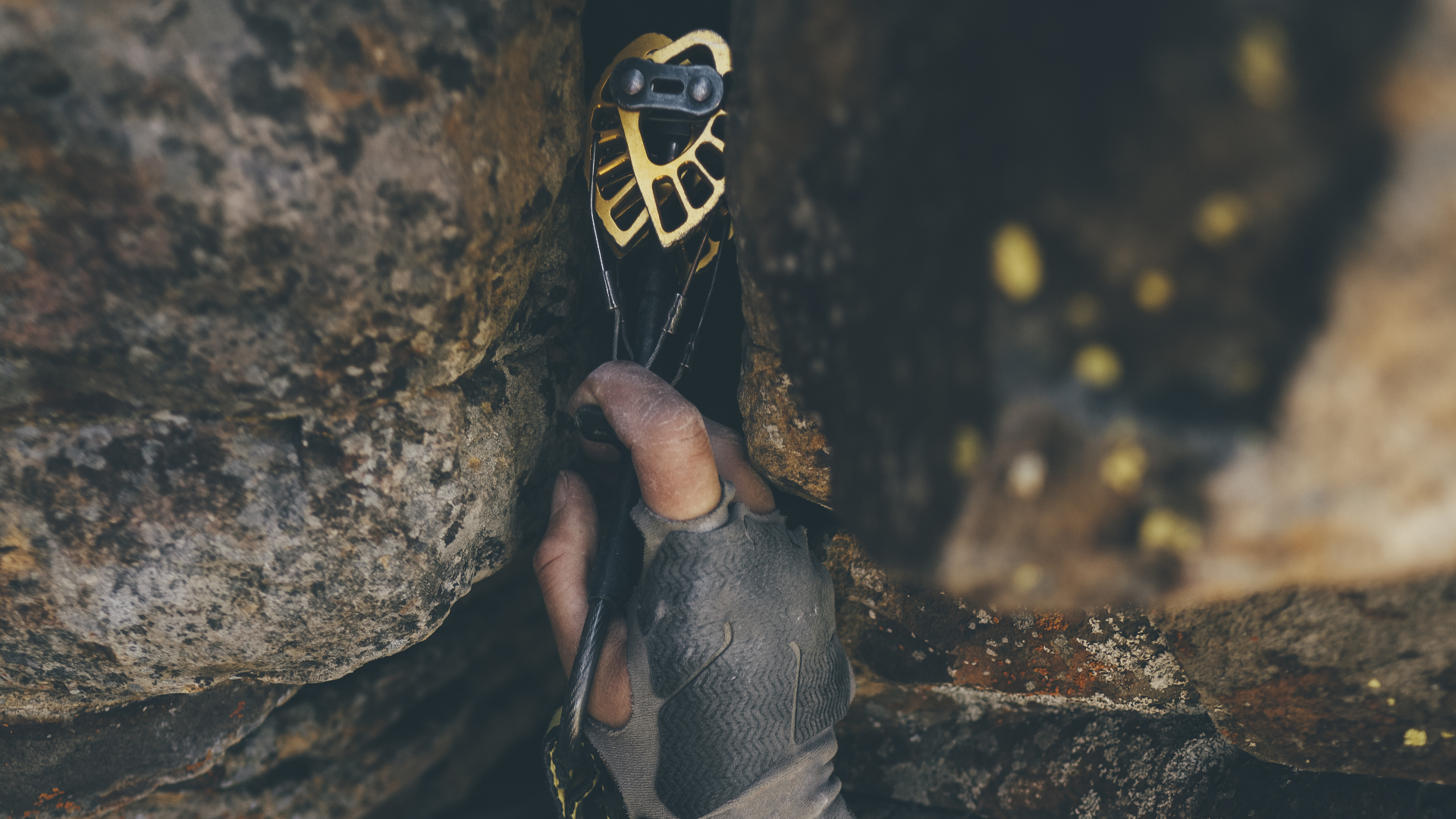
How difficult crack climbing is really depends on the climber and the crack. Some climbers really love the ability to jam a hand in and lean back instead of reaching upward and pulling down, while other climbers find it more physically taxing.
There are many different variations of crack climbing that can make it more difficult, for example if the crack is narrow and you can’t fit your feet into it and the crag you’re climbing is vertical, you have the added factor of having to place your feet higher against the rock to avoid slipping.
All the latest inspiration, tips and guides to help you plan your next Advnture!
One variable that will influence the difficulty of crack climbing is how parallel the walls of the crack are to each other. The crack will almost always vary as you climb, with the edges narrowing and widening, which requires you to switch up your technique, increasing the challenge.
Then you’ve got the variation between different bodies, with climbers having all different combinations of sizes of feet and hands that can make crack climbing easier or harder.
How to prepare for crack climbing
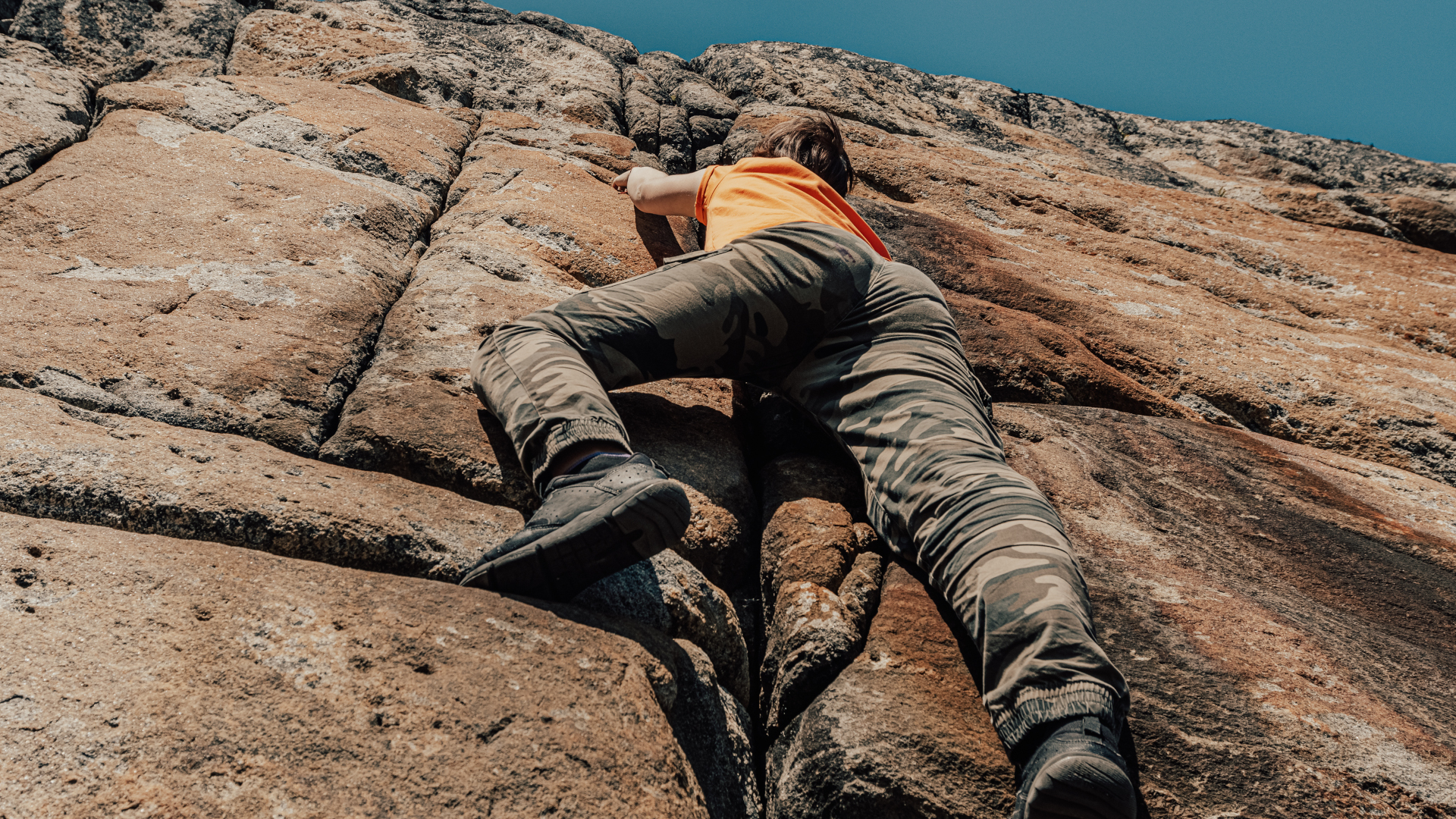
As you might have realized, you’re probably going to experience a lot more skin on rock when it comes to crack climbing. This doesn’t make the climbing harder per se, but it can be more painful. Some climbers tape their knuckles using athletic tape for added protection against abrasion.
If you’re going to be crack climbing regularly, you’ll want a pair of well fitting rock climbing shoes that are lace-up or slipper style rather than velcro which can become unstuck. You will want to dress in long pants and may want to wear socks or find a pair with ankle protection. While you don’t want shoes that are so stiff you can’t get a foot jam, you’ll want some stiffness for protection.
Julia Clarke is a staff writer for Advnture.com and the author of the book Restorative Yoga for Beginners. She loves to explore mountains on foot, bike, skis and belay and then recover on the the yoga mat. Julia graduated with a degree in journalism in 2004 and spent eight years working as a radio presenter in Kansas City, Vermont, Boston and New York City before discovering the joys of the Rocky Mountains. She then detoured west to Colorado and enjoyed 11 years teaching yoga in Vail before returning to her hometown of Glasgow, Scotland in 2020 to focus on family and writing.

